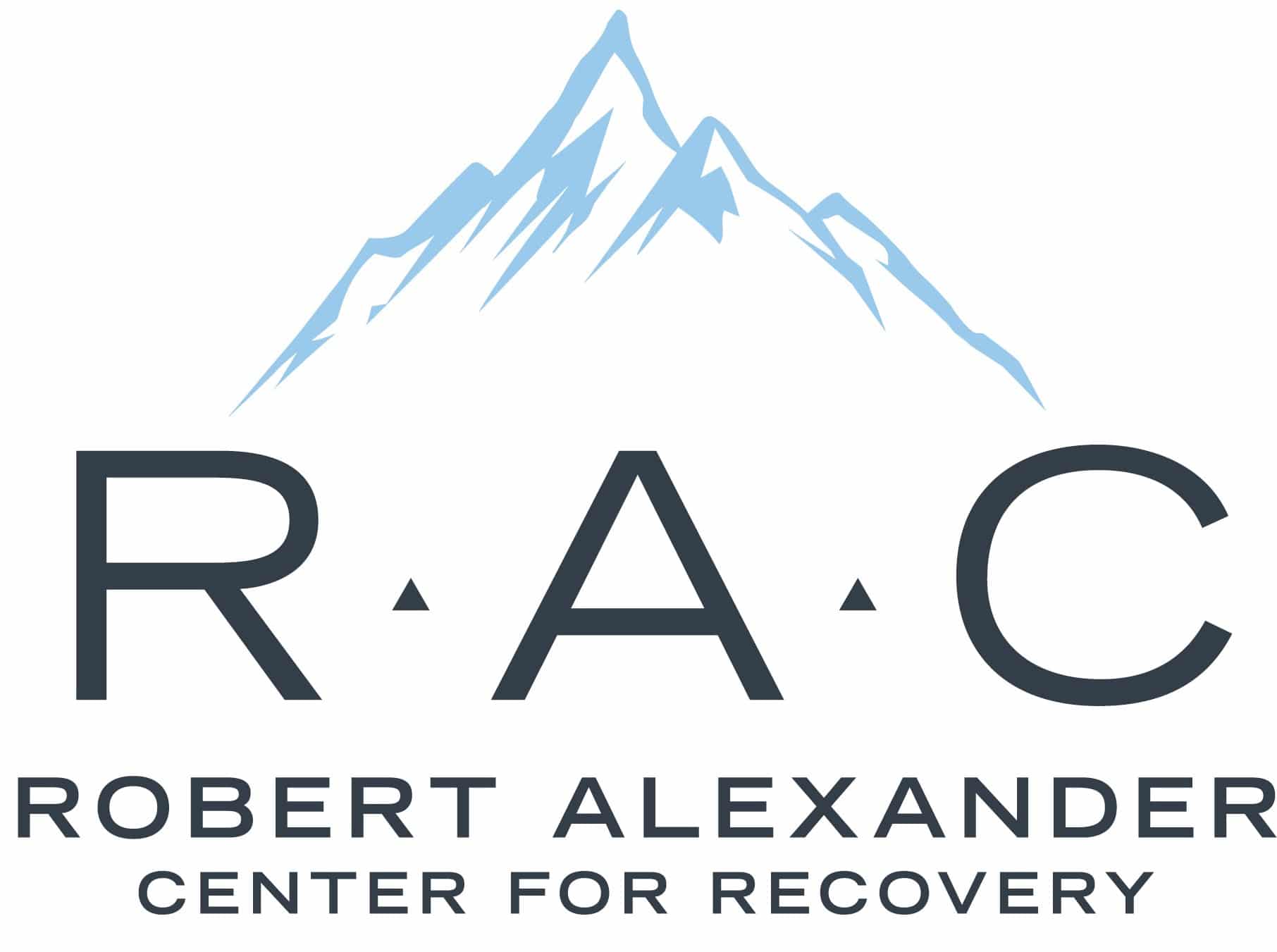Drug treatment programs must be tailored to each patient’s specific needs and address the disease’s symptoms as well as its long-term effects on their lives. Their social skills, physical and emotional well-being, and repercussions at job, school, home, or with the police all fall under this umbrella. There are several different forms of treatment that may be used to successfully treat addiction.
Drug Treatment Programs
A mix of community and individual counseling is widely used in addiction treatment to educate people in recovery on the skills they need to get and stay sober, as well as how to deal with diverse circumstances without relying on alcohol or drugs. There are a range of useful strategies that have been developed from a broad behavioral treatment approach. These are some examples:
Individual, Group, and Family Therapy
Patients can get help from a therapist in a one-on-one setting, with a group in a safe, supportive setting, and/or with the help of family members or anyone else important in their lives.
CBT
Clients are encouraged to question and investigate recurring ideas in CBT in order to eliminate those that are harmful or unpleasant. CBT can be used to treat a wide range of drug abuse difficulties. Treatment with CBT teaches patients how to identify and alter their dysfunctional habits. With the aid of cognitive behavioral therapy (CBT), patients can learn coping skills, detect dangerous circumstances, and prevent relapse. This strategy is advantageous since it can be used in conjunction with other strategies. Co-occurring mental and physical health conditions can be treated with CBT, and these skills can be applied even after therapy has ended.

Contingency Management
As a means of encouraging or reinforcing sobriety, Contingency Management (CM) has been shown to be useful in the treatment of several forms of drug use disorders, including those caused by alcohol, opioids, marijuana, and stimulants. This addiction treatment strategy uses material rewards to motivate patients to engage in desired behaviors, such as sustaining sobriety, during their therapy. Withdrawal and relapse rates can be reduced by using CM, one of the most important benefits of the therapy.
Motivational Interviewing
A drug addiction treatment strategy known as Motivational Interviewing (MI) is used to resolve reluctance in recovered patients so that they may embrace their rehabilitation efforts to best improve their troublesome substance use behavior. Motivational interviewing is an effective way to help a client better understand their own motivations and commitments to change. In other words, rather than trying to force the clients to make a certain change, specialists “meet them where they are” and help them achieve their desired outcomes by bringing out and encouraging their willingness to change. People in recovery can have a greater sense of control over the course of their treatment when they participate in MI because, despite the fact that they are led by a therapist, they establish their own motivation and implement change over the length of several sessions.
Dialectical Behavioral Therapy
Self-destructive tendencies can be lessened by learning how to manage one’s emotions, which is the goal of dialectical behavioral therapy (DBT). DBT teaches people how to deal with distress, regulate their emotions, be mindful, and have good relationships. However, DBT is most suited for treating personality disorders including borderline personality disorder and other serious drug misuse problems. DBT serves to diminish cravings, support patients in avoiding circumstances or possibilities for relapse, support patients in giving up acts that reinforce substance abuse, and help the patient learn healthy coping skills for the future.
Eye Movement Desensitization and Reprocessing
Patients who have experienced traumatic events that have resulted in symptoms and discomfort might benefit from the use of Eye Movement Desensitization and Reprocessing (EMDR). EMDR helps the brain’s cognitive processing system heal and improves emotional stability and symptom management by using “dual stimulation” activities that explore prior trauma while simultaneously activating other sections of the brain through bilateral eye movements, tones, or taps. The advantages of eye movement desensitization and reprocessing (EMDR) are so scientifically beneficial that it has been formally authorized as a therapy for post-traumatic stress disorder (PTSD) and other trauma disorders by the American Psychological Association.
Rational Emotive Behavior Therapy Clients who undergo Rational Emotive Behavior Therapy (REBT) learn how to recognize and question their negative beliefs and convictions, as well as how to replace them with more constructive ones. Experiments have shown that this procedure promotes emotional well-being as well as goal attainment in participants. It assists patients in understanding their own ideas and subsequently in developing better habits and thinking in a more positive and reasonable manner, as well as gaining healthier emotional states. The fundamental premise of REBT is the notion that rational thinking originates inside the individual; external circumstances do not determine whether a person is happy or sad.





